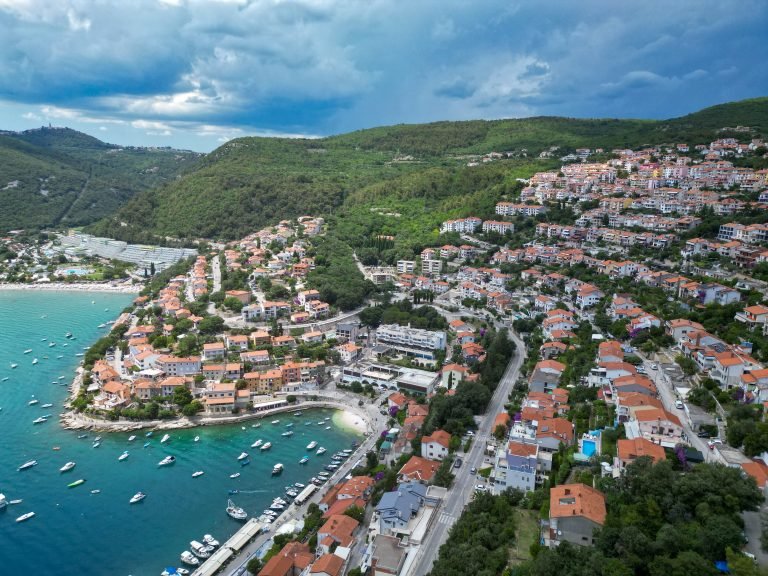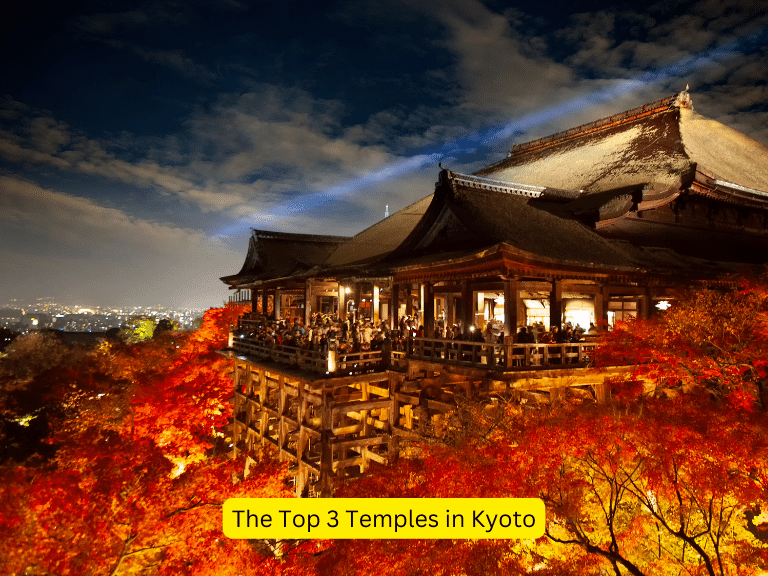Top Places to Visit in Oman: Uncover the Land of Unparalleled Beauty
Top Places to Visit in Oman
Oman, a jewel on the southeastern coast of the Arabian Peninsula, is a country where the sands of ancient deserts meet the modern world in a dance of unparalleled beauty. With its diverse landscapes ranging from rugged mountains and windswept beaches to lush wadis and expansive deserts, Oman offers travelers a unique blend of natural wonders, historical sites, and cultural experiences.
This guide invites you to explore the top places in Oman, each promising an adventure that will leave you with memories to last a lifetime.
Embarking on an Omani Adventure
Oman’s allure lies in its ability to preserve its heritage while welcoming the future, a trait that makes it a fascinating destination for travelers. From the bustling markets of Muscat to the serene beauty of Salalah, let’s embark on a journey through Oman’s most captivating sights.
Muscat: A City of Splendor
Muscat, the capital city, serves as the perfect introduction to Oman’s rich history and vibrant culture. The city is a blend of modernity and tradition, where ancient forts stand guard over bustling souqs and sleek shopping malls.
- Sultan Qaboos Grand Mosque: A marvel of modern Islamic architecture, the mosque is open to non-Muslims and offers insight into Oman’s religious traditions. Its grand prayer hall features a stunning chandelier and one of the world’s largest hand-loomed carpets.
- Muttrah Souq: Experience the essence of Omani commerce in this ancient marketplace, where the air is filled with the scents of frankincense, spices, and fresh Arabian perfumes. It’s a place where tradition meets the present, offering a vast array of goods from intricate silver jewelry to handcrafted wooden items.
Nizwa: The Cultural Heartland
Nizwa, once the capital of Oman, is renowned for its historical significance and cultural heritage. The city is a gateway to the past, offering a glimpse into the country’s rich history.
- Nizwa Fort: The fort is a testament to Oman’s architectural ingenuity and military strength. Climbing its towers provides panoramic views of the surrounding date palm plantations and the rugged Hajar Mountains.
- Nizwa Souq: Known for its silver jewelry, the souq is also a place to find pottery, leather goods, and traditional Omani sweets. Fridays host the lively livestock market, a cultural spectacle in itself.
Jebel Akhdar: The Green Mountain
Jebel Akhdar, part of the Al Hajar Mountain range, is famed for its terraced gardens, cool climate, and scenic trekking paths. It’s a haven for nature lovers and those seeking a respite from the desert heat.
- Terraced Gardens: Explore the small villages and terraced gardens, where pomegranates, apricots, and roses flourish. The area’s natural beauty is a stark contrast to the arid landscapes elsewhere in Oman.
- Diana’s Point: Named after Princess Diana’s visit, this viewpoint offers breathtaking views of the canyon below. It’s an ideal spot for photography or simply soaking in the serene ambiance.
Wahiba Sands: A Desert Wilderness
The Wahiba Sands offer an authentic desert experience, with rolling dunes stretching as far as the eye can see. It’s a place of beauty and solitude, offering a glimpse into the Bedouin way of life.
- Desert Safari: Embark on a 4×4 adventure, ride camels, or try sandboarding down the dunes for an adrenaline rush. As night falls, the desert comes alive under a blanket of stars, offering a peaceful retreat from the world.
- Bedouin Hospitality: Experience the renowned Omani hospitality with a visit to a Bedouin camp, where you can learn about their traditions, enjoy local cuisine, and listen to stories under the starlit sky.
Salalah: The Arabian Paradise
Salalah, in the Dhofar region, transforms into a tropical paradise during the Khareef (monsoon) season, when its landscapes turn lush and green. It’s a unique phenomenon in the Arabian desert, offering a different side of Oman.
- Al Mughsail Beach: With its white sands and natural blowholes, Al Mughsail Beach is a marvel of natural beauty. The surrounding cliffs and the azure sea create a picturesque setting for relaxation and contemplation.
- Frankincense Trail: Explore the ancient ruins and frankincense trees of the Dhofar region, part of the UNESCO World Heritage-listed Frankincense Trail. It’s a journey through the history of the frankincense trade that shaped the region.
Conclusion
Oman is a country where every corner tells a story, from the bustling markets of Muscat to the serene landscapes of Salalah. Its blend of natural beauty, historical depth, and cultural richness makes it a must-visit destination for those seeking to explore the Arabian Peninsula. Whether you’re wandering through ancient forts, marveling at natural wonders, or experiencing the warmth of Omani hospitality, your journey through Oman is sure to be an unforgettable adventure.
FAQs
1. Is a visa required to visit Oman?
Most visitors will need a visa to enter Oman. Tourist visas can be obtained online or upon arrival, depending on your nationality. Check the Royal Oman Police website for the most current visa information.
2. What is the best time to visit Oman?
The best time to visit Oman is from October to April, when the weather is cooler and more comfortable for outdoor activities. Salalah is best visited during the Khareef season, from July to September, to experience its unique green landscapes.
3. What should I wear when visiting Oman?
Oman is a Muslim country, and visitors are expected to dress modestly. For both men and women, it’s advisable to cover shoulders and knees. Light, loose-fitting clothing is recommended due to the heat, especially when exploring outdoor sites.








